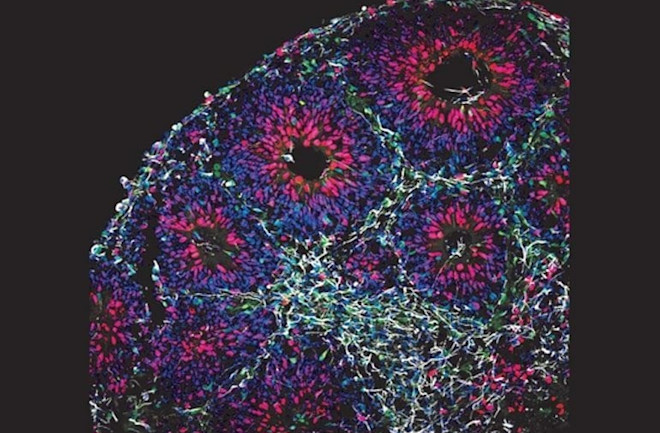Of all the objects in the universe, the human brain is the most complex: There are as many neurons in the brain as there are stars in the Milky Way galaxy. So it is no surprise that, despite the glow from recent advances in the science of the brain and mind, we still find ourselves squinting in the dark somewhat. But we are at least beginning to grasp the crucial mysteries of neuroscience and starting to make headway in addressing them. Even partial answers to these 10 questions could restructure our understanding of the roughly three-pound mass of gray and white matter that defines who we are.
1. How is information coded in neural activity?
Neurons, the specialized cells of the brain, can produce brief spikes of voltage in their outer membranes. These electrical pulses travel along specialized extensions called axons to cause the release of chemical signals elsewhere in the brain. The binary, all-or-nothing spikes appear to carry information about the world: What do I see? Am I hungry? Which way should I turn? But what is the code of these millisecond bits of voltage? Spikes may mean different things at different places and times in the brain. In parts of the central nervous system (the brain and spinal cord), the rate of spiking often correlates with clearly definable external features, like the presence of a color or a face. In the peripheral nervous system, more spikes indicates more heat, a louder sound, or a stronger muscle contraction.
As we delve deeper into the brain, however, we find populations of neurons involved in more complex phenomena, like reminiscence, value judgments, simulation of possible futures, the desire for a mate, and so on — and here the signals become difficult to decrypt. The challenge is something like popping the cover off a computer, measuring a few transistors chattering between high and low voltage, and trying to guess the content of the Web page being surfed.
It is likely that mental information is stored not in single cells but in populations of cells and patterns of their activity. However, it is currently not clear how to know which neurons belong to a particular group; worse still, current technologies (like sticking fine electrodes directly into the brain) are not well suited to measuring several thousand neurons at once. Nor is it simple to monitor the connections of even one neuron: A typical neuron in the cortex receives input from some 10,000 other neurons.

